A winter garden is a type of garden that is kept in winter. Winter gardening means planting hardy crops and plants to enjoy in the winter. Some crops can be planted later in the year and reach maturity before winter sets in. Whether we’re talking about plants, you already have in your garden or new ones you plan to add, mulch is your friend. It is relatively cheap, readily available, and easy to use. Plunging temperatures can make it difficult for seeds to germinate outdoors, so start them indoors where it’s warmer. Below are the different ways to prepare a garden in winter.
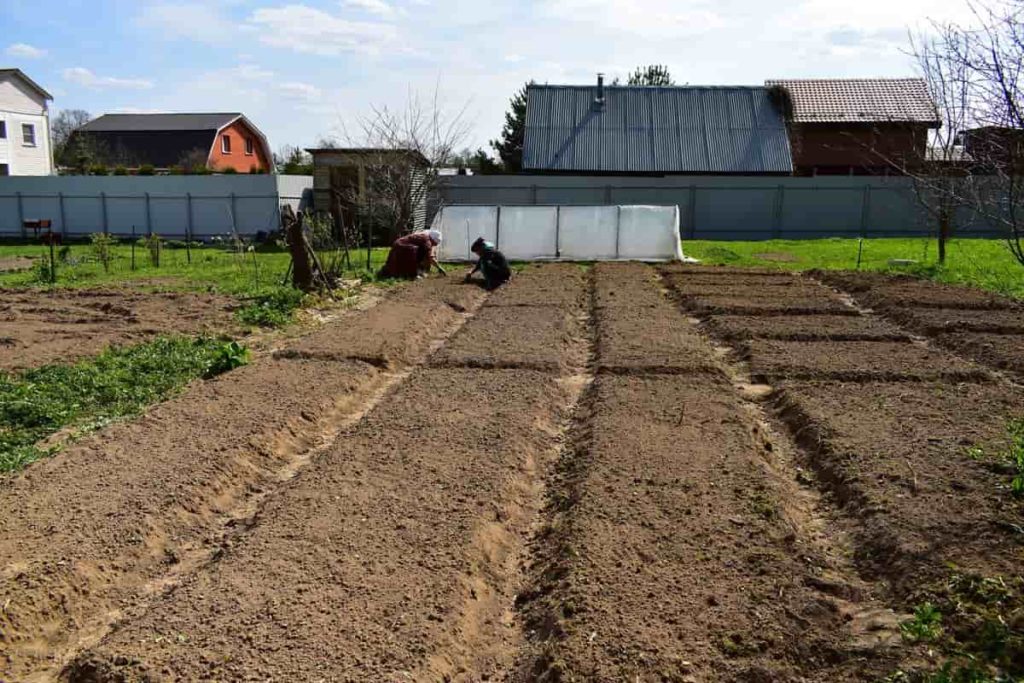
Top 20 ways to prepare your garden for winter
Build raised beds, paths, and other hardscaping
Winter is the best time to build garden projects. Create plant supports such as raised garden beds, paths, rose arbors, sheds, or berry trellises. Make them a winter gardening project, and you’ll be ready for spring growth. Raised bed winter gardening makes growing winter crops or flowers much easier. These raised beds usually rely on cold frames or hoop tunnels discussed in the section above. Building a raised bed for the winter is neither difficult nor expensive.
Clean equipment, tools, and supplies
The first thing to do when putting the garden to bed for the winter is to go through, pick up and put away all the equipment, tools, and other equipment. It includes sprinkler systems, hoses, tools, tarps or plastic row covers, or any other material used in the garden that will not compost.
Winter is the perfect time to clean your tools before putting them away for the winter. Tools can carry plant pathogens, so they should be cleaned and disinfected regularly. Proper tool maintenance will also keep your tools in good condition for many years. Be sure to use any trays you use for sowing and any pots you plan to reuse next year.
Clean up diseased plants
Many plants can be left in place to rot and add nutrients to the soil; some may be susceptible to disease, pests, and fungi. If you notice any disease during the growing season, then they remove it. Your spent crops will protect the soil, reducing erosion if left in place over winter. They can also provide a home for pollinators over winter.
Start your seeds indoors
There are many advantages to starting seeds indoors – starting from seed is cheaper than buying plants, you can harvest the bounty of the plant first, and if you use unpolluted soil, your plants will grow in the factory. It may be stronger and healthier than raised specimens. If you save your seeds over the years, you can create one-of-a-kind varieties that will envy heirloom gardeners worldwide.
In case you missed it: How to Start Indoor Garden Under Stairs: A Guide to Planting and Care
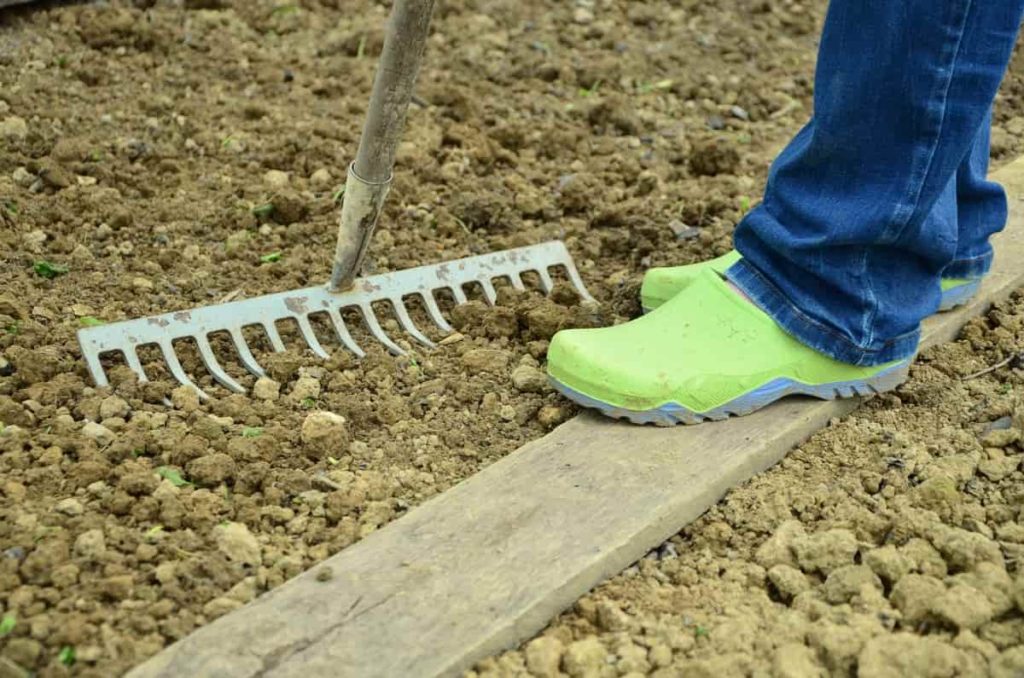
To start, fill a clean container, such as an egg crate, seed starter box, peat pot, or deep ice cube tray, with an uncontaminated growing medium. The container should drain well, so punch holes if necessary. Apply the seed according to package directions and place the container inside a large, loose, clear plastic bag. The bag will increase the temperature and humidity of the growing environment. If the seeds need sunlight to germinate (not all do), place them in a warm sunny spot and turn the container frequently to ensure the stems straighten.
Check the soil frequently and ensure it is moist (but not wet). Fertilize when the seedling has four or more leaves. Cool-season crops such as broccoli, cauliflower, celery, leeks, and various types of lettuce can be started indoors from seed during winter. To give garden plants the best chance of survival, you’ll need to harden them off in a cold frame or clutch before planting them in the ground.
Winter is the best time to start seeds indoors for many annual herbs and flowers. It is because indoor conditions are ideal for them to grow easily, as it is warmer and more humid than outside. Waiting until spring to sow seeds directly outside can give your plants less time to mature and develop flowers and fruit by the start of the following winter, reducing the yield you get from your plants.
Build a grow light system
It is a winter gardening idea that will jump-start your growing year. A dedicated grow light system gives you plenty of room to start seeds in the winter, and you can even use it to grow a salad crop in the colder months. All you need to create one is a little space, shelves, and the right lights. Also, use it to start seeds indoors for planting outside after the last frost.
Winter garden land preparation
Prepare seeds for sowing in semi-shade with fine soil and sand. Make raised beds with garden soil and plenty of compost for vegetable plantings in full sunlight. Also, add fresh green manure to raised beds.
Winter garden watering and irrigation system
It is important to manage the watering of your garden plants from October to May. Firstly, find the irrigation source (tap water/bore well water). Lack of water will directly and negatively affect the quality of your garden. Also, choose a watering method; this can be done manually using pipes and watering cans. You can set up a sprinkler/drip irrigation system in your garden depending on your garden size, budget, and resource availability.
Add a layer of mulch
Mulch is a garden miracle any time of year and an important part of winter maintenance. Think of mulch as a blanket that protects the garden during winter. A common winter problem is soil filling or heaving due to freeze-thaw cycles. Digging the soil can push shallow-rooted plants like Heucherilla and Gaillardia out of the ground, exposing tender crowns and roots to freezing temperatures. Mulch helps keep the soil consistently cool, preventing cycles of freeze-thaw disturbance. Mulch also helps retain soil moisture and provides insulation for moderately hardy plants.
Cover crops
It’s a neat way to prevent soil erosion during the winter months. Because they can also help you protect soil quality and fertility from being negatively affected as temperatures drop. Crops like wheat, ryegrass, and annual ryegrass increase organic matter and improve soil structure in the garden, meaning you’ll spend less on fertilizer products.
In case you missed it: How Digital Agriculture/Farming Helps Rural Farmers – A Guide for Smart Farming
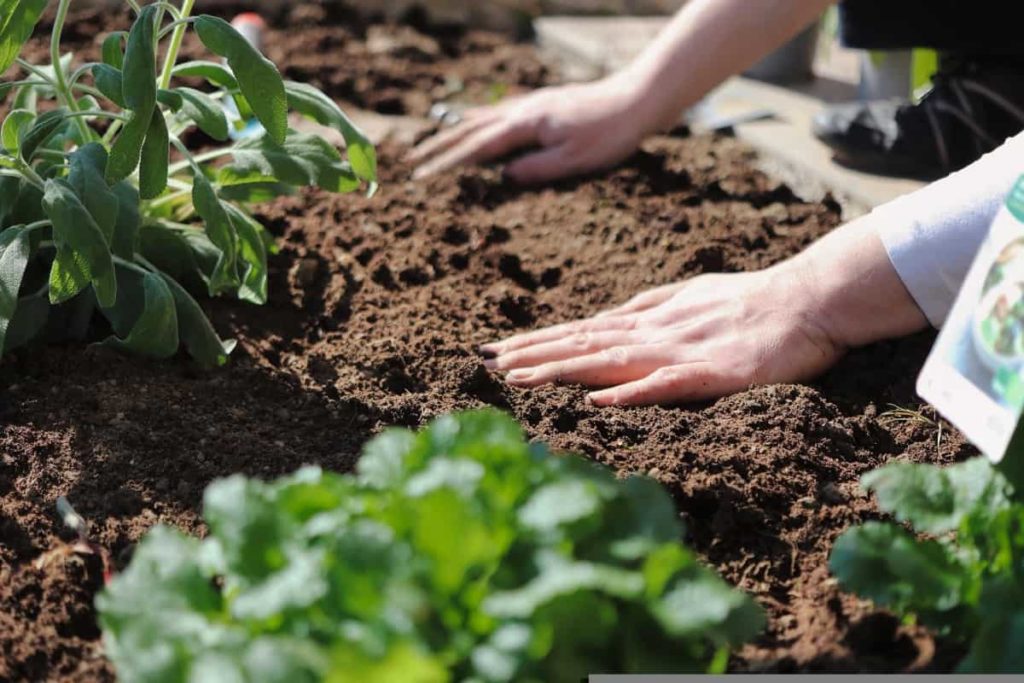
Prepare the garden beds
When you plan to plant a crop in your garden during winter, you must prepare the bed well. Whether you plant in the ground or a raised garden bed depends on whether the soil in your area freezes, your growing zone, and how warm you keep the soil during the winter months. It would help if you built a shelter to protect your garden. A garden shelter can help you grow your winter harvest and get the most out of your garden.
You don’t need to build an expensive shelter. You can use greenhouse fabric or translucent plastic for this purpose. Just ensure you have enough ventilation to protect the plants on hot days. Prepare garden beds before the first hard frost. Mulching is a great method to maintain garden beds and protect your tender plants. During the cold months, the soil becomes dehydrated more quickly. Mulch locks in moisture and retains much-needed warmth during winter.
It will help prepare your garden for the spring season. Organic mulching also suppresses weeds and regulates soil temperature. Some organic bedding materials include straw, hay, rice husks, wood shavings, fallen tree leaves, and other crop residues. Mulch will also help maintain soil structure and prevent erosion or soil crusting. Make sure you have access to your plants. The ability to shovel the water line (if necessary) or check for condensation is helpful.
Plant cold hardy herbs and vegetables
You don’t have to lock down your gardening during winter just because of the cold weather. Rich crops of plants, herbs, and vegetables thrive in cold weather and the depths of winter. You can plant these crops to grow your garden. Again, note the growing zones in your area, and then consult your local garden centre about winter gardening and the best plants for cold weather.
Before planting anything in the bed, take a sample of your soil and test the pH. It eliminates the guesswork and gives your crops a better fighting chance. You will know what nutrients the soil lacks and work to correct the situation. Some vegetables you can plant in your winter beds include Root Crops, Asian Greens, Swiss Chard, Lettuce, Beets, Radishes, Chard, Turnips, Broccoli, Cabbage, and Spring Onions. If possible, buy plants from your local garden center or nursery. They should have researched what vegetables grow well in your area. You can also grow your plants from seed packets, which requires more planning and research.
Container plants care in winter
Some plants can survive the winter in containers without problems, while others require protection. When we choose plants for the garden, we use USDA winter hardiness ratings to select plants that can withstand our winter temperatures. These cold hardiness ratings indicate that plants can safely overwinter in the ground. Many container plants cannot survive an outdoor winter without additional garden insulation. Consider bringing container plants indoors or overwinter them in a shelter if they can’t tolerate the cold. Covering the plants on cold nights is enough to get them through the winter.
Rake the lawns
It may sound a bit odd; however, mulching the lawn will help get rid of any moss and debris. It will also help with ventilation and drainage, which will help your grass establish strong roots during the colder months. If it’s not too wet, you can scarify the lawn in October and aerate it in November. In this case, you can occasionally cut at a higher cutting setting. If your lawn breaks down a lot, you may want to add a supplemental feed in the fall to help it regenerate over the winter.
Light requirement for gardening plants in winter
In the winter, the sun slips lower in the sky, and light levels near windows drop to 50%. Houseplants that grow near a sunny east or north window in the summer may need a south or west exposure in the winter. Likewise, plants near west or south windows that require filtered light in the summer may be able to tolerate direct sun in the winter. To help plant’s health by changing light levels:
- Move plants closer to windows if possible.
- Clear windows to allow maximum light transmission.
- Move plants to new locations near bright windows for the winter.
- Mist the plants so the leaves can make the most of the available light.
- Add artificial light. Fluorescent bulbs provide adequate lighting. They are cheaper than traditional grow lights and produce less heat. For best results, place bulbs 4 to 12 inches away from plants.
In case you missed it: How to Propagate a Pothos: A Beginners Guide to Planting and Care
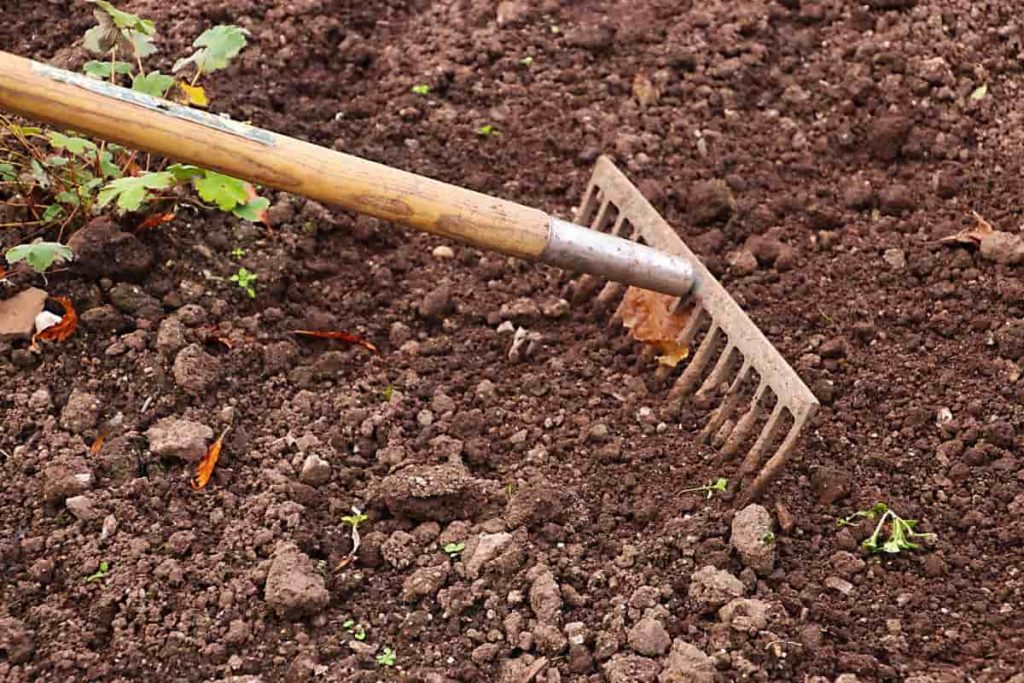
Remove unwanted weeds in the winter season
Remove unwanted weeds growing around your plants that can suck nutrients from the soil. Remove weeds from the roots up to the topsoil. Otherwise, it will grow back. It’s a good idea to water the topsoil before tilling to soften it, making it easier to pull out unwanted weeds. Weeds can be used to make compost.
Fill pots and hanging baskets with hardy evergreens
Replace any summer pots and baskets with evergreens and winter bedding plants such as heather and pansies that are especially versatile in winter. Some evergreens are as famous for their flowers and strong fragrance as they are for keeping their leaves in winter. Viburnums, Glauca, and Skimmias, will do well all year round.
Cleaning means removing dead and infected plant parts like leaves, stems, and flowers. If not removed, these unwanted parts can harbor fungus or insect eggs over winter that can infect the rest of the plant. When removing rotten, diseased, or dead plant parts, use clean, sterile scissors to avoid spreading disease from one plant to another.
Plant bare-rooted plants
Winter is the time to plant bare-root plants (sold plants without soil around the roots). It is an economical method of planting, and you will have a wide variety of fruit trees and shrubs available this way. You can plant hedges, bare-root roses, and even perennials.
Garden vegetable and flowers seeds for winter
- Cruciferous vegetables: Cabbage, Chinese Cabbage, Cauliflower, Broccoli.
- Leafy vegetables: Spinach, Red Amaranth, Ambadi, Lettuce, Coriander.
- Underground Vegetables: Carrot, Radish, Beetroot, Turnip, Onion, Leek, Garlic.
- Legumes: Green peas, Lablab Beans, French Beans, Cow-pea, Chickpea.
- Kitchen Herbs: Basil, Chives, Fennel, Rosemary, Thyme, Parsley, Sage.
- Winter flowering annuals are Alyssum, Antirrhinum, Aster Mix, Carnation, Dianthus Mix, Larkspur, Petunia Mix, Phlox, Salvia red, Sweet William Mixed, Pot Marigold, Pansy Mix, Hellebores, Snowdrops, Crocus, Aconites, and Winter Iris
Care for garden plants in winter
Please do not overwater your plants. It is a major cause of plant death. The summer season is a thirsty month when water evaporates easily, and the amount of water required varies for each plant. The topsoil is dry, so dig your fingers at least 2 inches below the topsoil. If that layer becomes dry, go for watering; otherwise, leave it.
It would help if you bought a good planter that has drainage holes. These drainage holes help drain excess water that would otherwise rot the roots. Most plants are sensitive to temperature variations; therefore, you should remove your plants from all types of vents, windows, heaters, or induction ovens. Always remember that too cold and too hot temperatures are not good for plants to enjoy their stay—place plants on a side table near a window. The ideal temperature for favorable vegetative growth varies from one plant to another.
Most houseplants require 40-50% humidity in the air. But in winter, since windows and doors are mostly closed, the humidity level inside your home will be lower. So, you can buy a humidifier that keeps your plants and you well. You must buy a mister bottle to spray the leaves with water if some of them become extremely dry or crunchy.
Another important trick to keeping your plants growing well through the winter is to rotate them. This way, all sides get a chance to meet the sun’s rays. So, in this way, there will be no uneven development.
Plants grow slowly in winter. Therefore, please reduce the application of fertilizers at this time. Another important point of winter care for plants is that you should take care of insect and pest prevention. Continue to look for pests, especially if you’ve brought a plant indoors for the winter. A spider can infest these plants and thus wash the leaves thoroughly from time to time.
Clean up vegetable garden beds
A garden gets so messy by the season’s end that it initially seems overwhelming. Break up tasks over time and work on one bed or area of the garden at a time until they are ready to go into winter. Making an effort to clean up vegetable garden beds in the fall makes it much easier to start growing next spring.
In case you missed it: What is Shifting Agriculture: A Guide to Characteristics, Process, and Types for Beginners
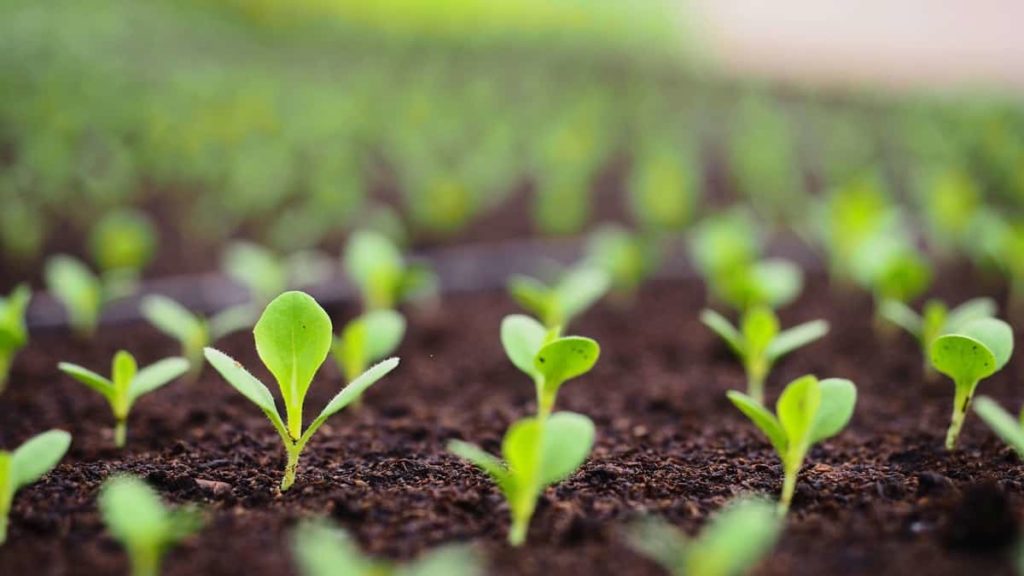
Remove all dead plants
Some diseases, like late blight and moths, can overwinter on plants and fruit left in the garden. Remove all dead plant material and any rotting fruits or vegetables. If your plants are unhealthy with mildew, mold, or blight, put them in the household trash or burn them to avoid spreading them to your compost pile.
Add a layer of finished mulch and compost
Push the mulch aside, pull up any weeds, and add a 1 to 2-inch finished compost layer. Cover the beds lightly with old mulch to suppress weeds and protect the soil without insulating the beds. Many plant diseases and pests are killed when the soil freezes in winter. Mulching the beds too thick can prevent the soil from fully freezing. Once the ground is frozen, add another layer of mulch to the perennial herbs and flowers.
Things to avoid in the winter season
Pruning
Avoid over-pruning your plants during the winter, as they cannot produce new growth in the colder months. Because plants store their food in their leaves and stems, which they use to survive the colder months, they cannot recover from excessive pruning and may die. However, you can remove old or infected parts from your plants without disturbing the rest of the plants too much.
Transplanting
Activities such as repotting and root pruning should be strictly postponed until early spring when your plants begin to grow. It is because transplanting disturbs and damages plant roots, which cannot regrow and recover during the winter, thus seriously harming the health of your plants.
Feeding
You don’t need to fertilize during the lean season of plant growth. Because their metabolism slows down in winter, they don’t need a lot of nutrients to survive. Over-fertilizing your plants can cause problems such as yellowing and wilt, brown tips and margins on the leaves, leaf drop, reduced flowering, and even death.
In case you missed it: Contour Farming Guide: What is Contour Farming?, How to Start from Scratch for Beginners
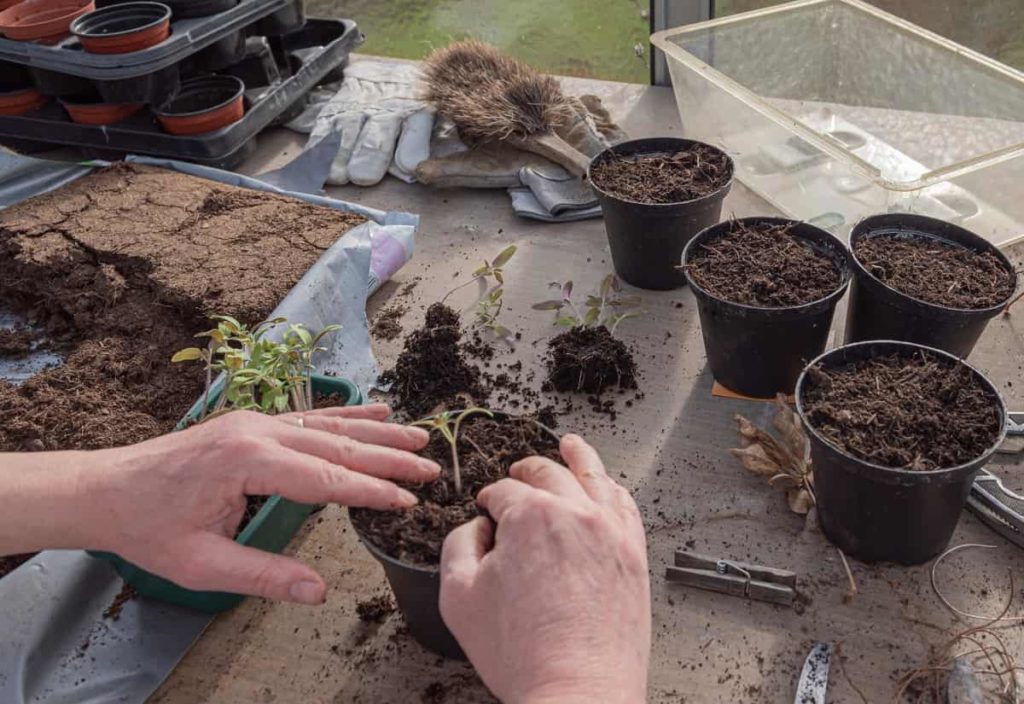
Overwatering
Plants need water when actively growing in hot weather, as water helps the roots absorb nutrients from the soil. So, let the soil dry out completely and wait a few days before watering the plants again. Cooler months mean lower soil moisture evaporation rates, so watering frequency should automatically be reduced. It is to prevent them from spreading to your compost pile.
Conclusion
Winter is also a great time to start growing vegetable seeds indoors. It is very valuable to put your garden to bed for the winter. It can save you time, energy, and supplies in the spring. If you prepare your garden properly in the winter, you can jump into the spring planting season. Mulch is very important when it comes to winter gardening. It protects plant roots from freezing and helps insulate the soil.
- Types of Pesticides Used in Agriculture: A Beginner’s Guide
- Economical Aquaculture: A Guide to Low-Budget Fish Farming
- 15 Common Planting Errors That Can Doom Your Fruit Trees
- How to Make Houseplants Bushy: Effective Tips and Ideas
- Innovative Strategies for Boosting Coconut Pollination and Yield
- Pollination Strategies for Maximum Pumpkin Yield
- The Complete Guide to Chicken Fattening: Strategies for Maximum Growth
- Natural Solutions for Tulip Problems: 100% Effective Remedies for Leaf and Bulb-Related Issues
- Revolutionizing Citrus Preservation: Towards a Healthier, Greener Future
- Natural Solutions for Peony Leaf and Flower Problems: 100% Effective Remedies
- Maximizing Profits with Avocado Contract Farming in India: A Comprehensive Guide
- Natural Solutions for Hydrangea Problems: 100% Effective Remedies for Leaf and Flowers
- The Ultimate Guide to Choosing the Perfect Foliage Friend: Bringing Life Indoors
- From Sunlight to Sustainability: 15 Ways to Use Solar Technology in Agriculture
- The Ultimate Guide to Dong Tao Chicken: Exploring from History to Raising
- The Eco-Friendly Makeover: How to Convert Your Unused Swimming Pool into a Fish Pond
- Mastering the Art of Delaware Chicken Farming: Essentials for Healthy Backyard Flocks
- 20 Best Homemade Fertilizers for Money Plant: DIY Recipes and Application Methods
- How to Craft a Comprehensive Free-Range Chicken Farming Business Plan
- Brighten Your Flock: Raising Easter Egger Chickens for Beauty and Bounty
- How to Optimize Your Poultry Egg Farm Business Plan with These Strategies
- Subsidy for Spirulina Cultivation: How Indian Government Schemes Encouraging Spirulina Farmers
- Ultimate Guide to Raising Dominique Chickens: Breeding, Feeding, Egg-Production, and Care
- Mastering the Art of Raising Jersey Giant Chickens: Care, Feeding, and More
- Ultimate Guide to Raising Legbar Chickens: Breeding, Farming Practices, Diet, Egg-Production
- How to Raise Welsummer Chickens: A Comprehensive Guide for Beginners
- How to Protect Indoor Plants in Winter: A Comprehensive Guide
- Ultimate Guide to Grow Bag Gardening: Tips, Tricks, and Planting Ideas for Urban Gardeners
- Guide to Lotus Cultivation: How to Propagate, Plant, Grow, Care, Cost, and Profit
- Agriculture Drone Subsidy Scheme: Government Kisan Subsidy, License, and How to Apply Online
- Ultimate Guide to Raising Araucana Chickens: Breed Profile, Farming Economics, Diet, and Care
- Bringing Hydroponics to Classroom: Importance, Benefits of Learning for School Students
- Ultimate Guide to Raising Polish Chickens: Breed Profile, Farming Economics, Diet, and Care
- Ultimate Guide to Raising Australorp Chickens: Profile, Farming Economics, Egg Production, Diet, and Care
- Silkie Chicken Farming: Raising Practices, Varieties, Egg Production, Diet, and Care
- Sussex Chicken Farming: Raising Practices, Varieties, Egg Production, Diet and Care